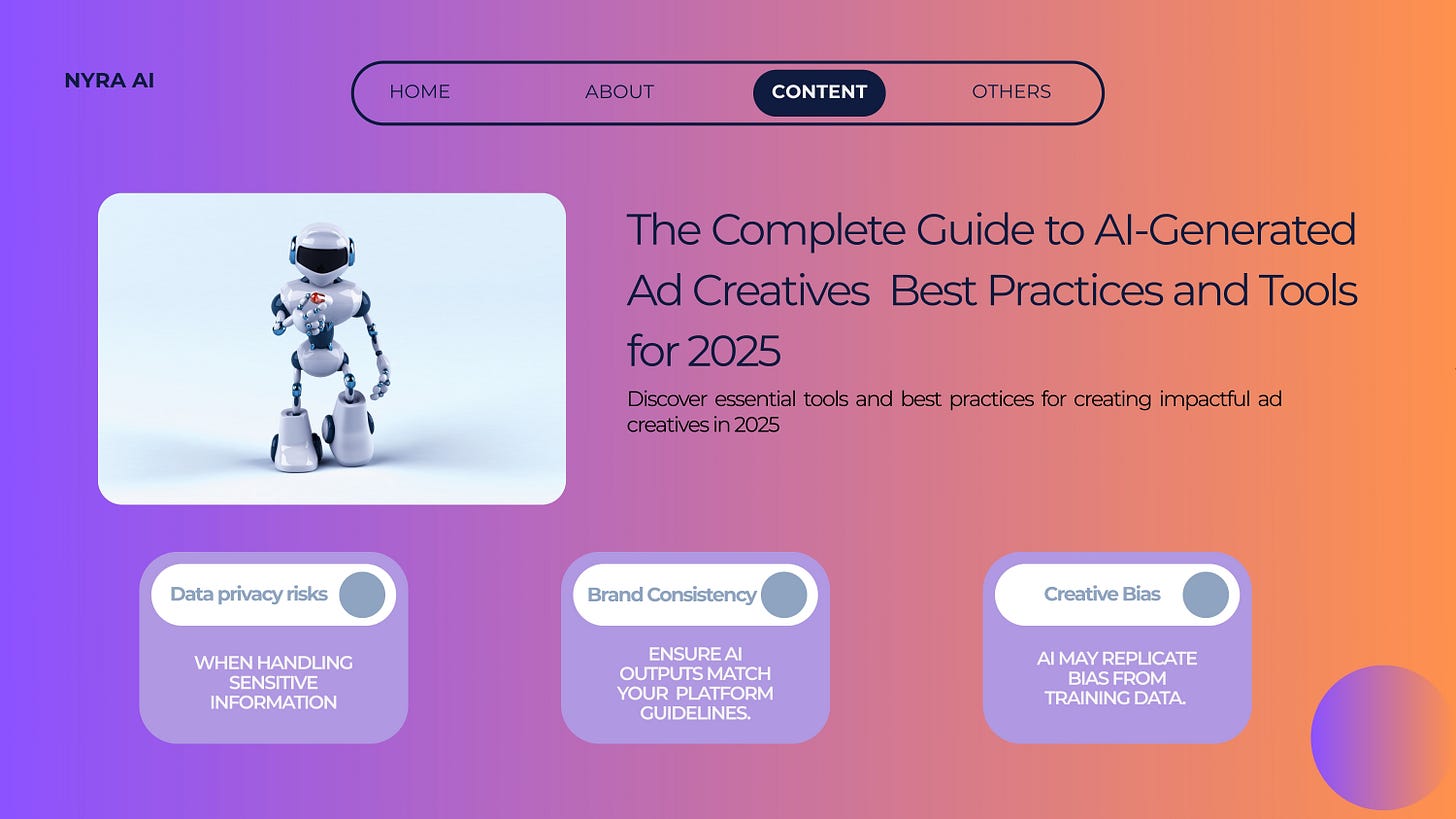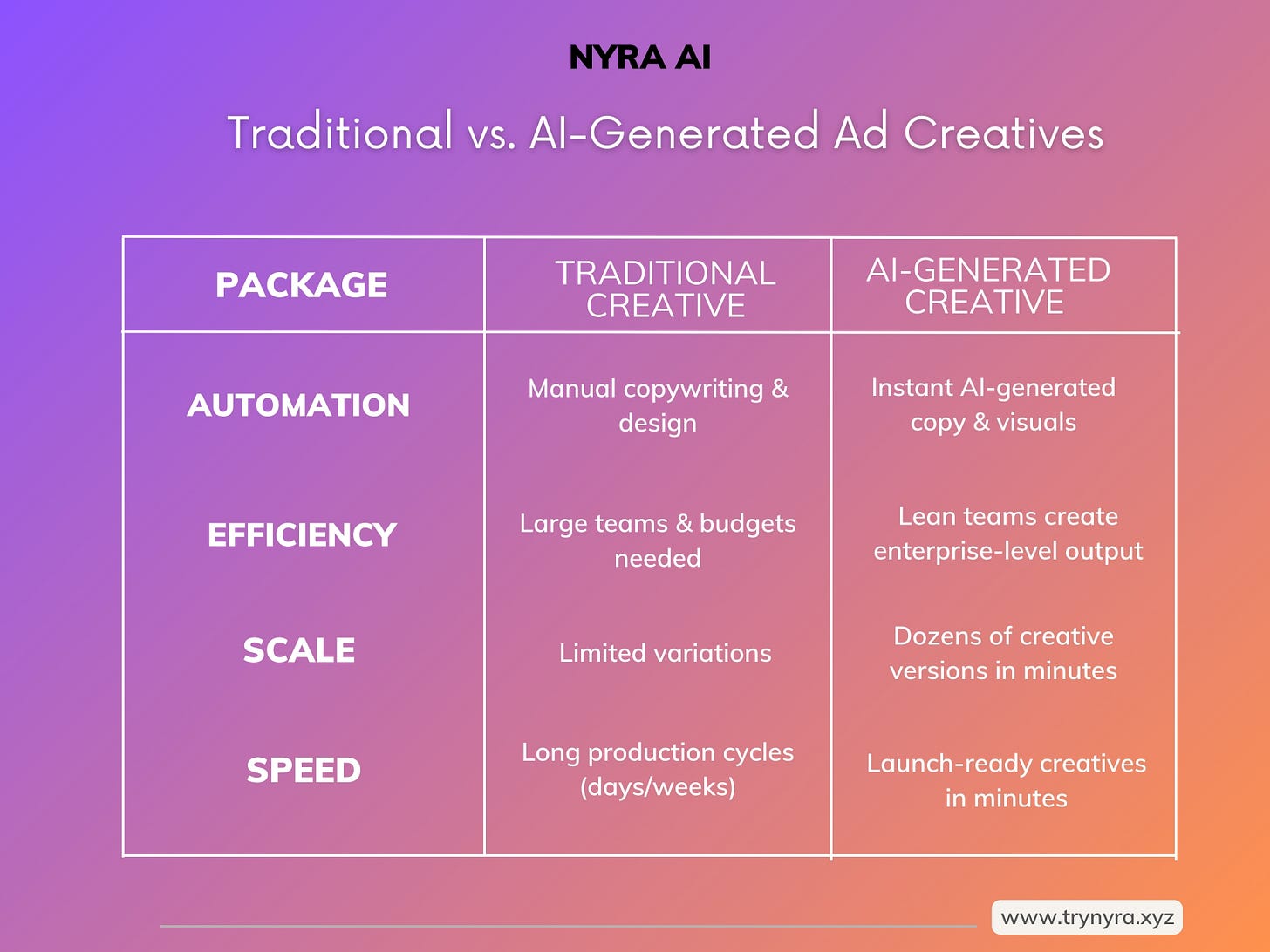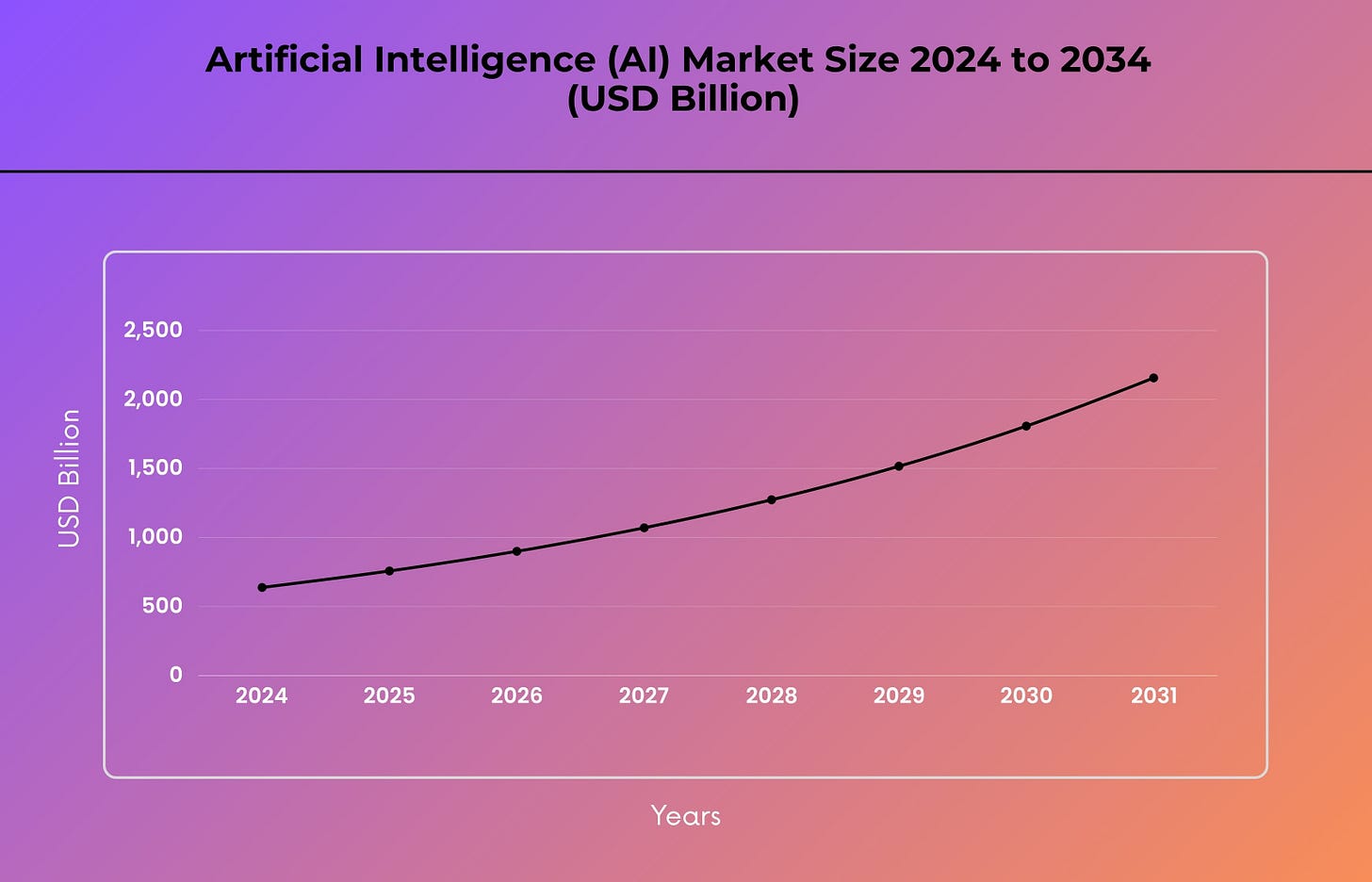The Complete Guide to AI-Generated Ad Creatives: Best Practices and Tools for 2025
Discover essential tools and best practices for creating impactful ad creatives in 2025
The digital advertising landscape has undergone a dramatic transformation. What once required teams of designers, copywriters, and creative directors can now be accomplished in minutes using artificial intelligence. With global digital ad spending exceeding $760 billion annually and competition for consumer attention fiercer than ever, marketers are increasingly turning to AI-powered solutions to create compelling, high-converting ad creatives at scale.
What are AI-Generated Ad Creatives?
AI-generated ad creatives are marketing materials including images, videos, copy, and complete advertisements created using artificial intelligence algorithms and machine learning models.
These systems analyze vast datasets of successful advertisements, consumer behavior patterns, and design principles to automatically generate new creative content tailored to specific audiences, platforms, and campaign objectives.
AI-Generated Creatives vs. Conventional Design Methods
The shift from traditional to AI-generated creative processes transforms marketing content creation.
Traditional Creative Process:
Relies on human expertise in design and copywriting.
Involves lengthy brainstorming, revisions, and approvals.
Produces limited variations due to time and resource constraints.
Depends on subjective judgment and experience.
Takes days or weeks to finalize campaigns.
Scaling requires more team members and budget.
AI-Generated Creative Process:
Uses machine learning on vast datasets of successful ads.
Generates hundreds of variations in minutes.
Learns from performance data to enhance outputs.
Offers objective, data-driven recommendations.
Enables rapid testing and iteration.
Scales production without proportional increases in resources.
Why Marketers are Switching to AI for Ad Creation Now
Platform Complexity and Volume Demands
Rising Creative Fatigue
Data-Driven Performance Optimization
Cost Pressure and Resource Constraints
Technology Maturation
Platform Complexity and Volume Demands
Modern advertising requires content across multiple platforms simultaneously—Facebook, Instagram, Google, TikTok, LinkedIn, Twitter, and emerging channels each have unique specifications, audience expectations, and performance algorithms. Creating platform-optimized content manually for each channel has become increasingly time-intensive and resource-prohibitive.
Rising Creative Fatigue
Consumer attention spans continue to shrink while the volume of advertising content increases exponentially. This creates a constant demand for fresh, engaging creative content. AI enables marketers to combat creative fatigue by continuously generating new variations and approaches.
Data-Driven Performance Optimization
The availability of real-time performance data across advertising platforms means creative decisions can now be informed by actual audience responses rather than assumptions. AI systems excel at processing this data to identify patterns and generate content optimized for specific performance metrics.
Cost Pressure and Resource Constraints
Economic pressures have forced many organizations to do more with smaller teams and budgets. AI creative tools allow lean marketing teams to produce enterprise-level creative output without proportional increases in headcount or agency spending.
Technology Maturation
Recent advances in natural language processing, computer vision, and generative AI models have reached a threshold where AI-generated content is often indistinguishable from human-created materials. This quality improvement has made AI tools viable for mainstream marketing applications.
Types of AI Tools for Ad Creative Generation
The AI creative tool landscape encompasses various specialized applications, each addressing different aspects of the creative process.
Text and Copy Generation Tools
Visual Creative Generators
Video Creation Platforms
Comprehensive Creative Suites
Specialized Platform Tools
Text and Copy Generation Tools These platforms specialize in creating compelling ad copy, headlines, and messaging variations. Advanced tools can adapt tone, style, and messaging approach based on target audience characteristics, platform requirements, and campaign objectives. They often include features for A/B testing different copy approaches and optimizing based on engagement metrics.
Visual Creative Generators AI-powered design tools create static images, graphics, and visual layouts optimized for different advertising platforms. These tools typically offer customization options for brand colors, fonts, and visual style while ensuring compliance with platform specifications for dimensions and file formats.
Video Creation Platforms Perhaps the most sophisticated category, AI video tools can generate everything from simple animated graphics to complex narrative videos. Some platforms can create personalized video content at scale, incorporating dynamic elements like names, locations, or product recommendations based on viewer data.
Comprehensive Creative Suites These all-in-one platforms combine text, visual, and video generation capabilities with campaign management features. They often include performance analytics, automated optimization, and direct integration with major advertising platforms.
Specialized Platform Tools Some AI creative tools focus specifically on particular advertising platforms, offering deep integration with platform-specific features and optimization algorithms. These tools excel at creating content perfectly optimized for their target platform's unique requirements and audience behaviors.
How AI Ad Creative Generation Works
Understanding the underlying technology helps marketers make better decisions about tool selection and implementation.
Data Training and Pattern Recognition AI creative systems begin with extensive training on datasets containing millions of successful advertisements, consumer behavior patterns, and performance metrics. The algorithms identify relationships between creative elements (colors, messaging, layouts) and desired outcomes (clicks, conversions, engagement).
Input Processing and Analysis When creating new content, the AI system analyzes input parameters including target audience characteristics, campaign objectives, brand guidelines, and platform requirements. This analysis informs every aspect of the creative generation process.
Content Generation and Optimization Using generative models, the system creates multiple creative variations that align with the input parameters and learned success patterns. Advanced systems can generate dozens or hundreds of variations simultaneously, each optimized for different audience segments or platform placements.
Performance Learning and Iteration As campaigns run and performance data becomes available, AI systems continuously refine their algorithms. Poor-performing creative elements are deprioritized while successful patterns are reinforced, creating a continuous improvement cycle.
Quality Control and Brand Compliance Modern AI creative tools include sophisticated filters to ensure generated content maintains brand consistency, adheres to platform policies, and meets quality standards. These systems can detect and prevent potentially problematic content before it reaches audiences.
AI-Generated Ad Creatives FAQ
How accurate are AI-generated creatives compared to human-created content?
AI-generated creatives often perform comparably or better than human-created content in direct response metrics like click-through rates and conversions. However, human creativity remains superior for brand storytelling, innovative concepts, and emotionally resonant content that builds long-term brand value.
Can AI tools maintain brand consistency across different creative variations?
Yes, modern AI creative tools include sophisticated brand compliance features that ensure generated content adheres to specified color palettes, fonts, messaging tone, and visual style guidelines. However, regular review and refinement of brand parameters is recommended.
What types of businesses benefit most from AI creative tools?
E-commerce businesses, performance marketers, agencies managing multiple clients, and organizations requiring high-volume creative content typically see the greatest benefits. However, any business running digital advertising campaigns can potentially benefit from AI creative tools.
How much do AI creative tools typically cost?
Pricing varies significantly based on features, usage volume, and platform complexity. Basic tools may start around $50-100 per month Like Nyra AI , while enterprise-level platforms can cost thousands of dollars monthly. Most providers offer tiered pricing based on usage volume and feature requirements.





